Forte Colle Delle Benne was one of the network of border fortifications between Austria and Italy before WW1. Austria lost this land to Italy following its defeat in WW1, giving a bizarre situation whereby we have a German speaking tradition in North Italy near the Austrian border.
During the last week, I climbed up to this remarkable hill fort which stands above the charming village of Levico Terme next to a beautiful lake.
It was a difficult climb and at times I thought I wouldn't manage it in this drought and heatwave that Southern Europe is experiencing. I was glad that I persevered with the climb. It was worth every step. Come and climb with me.
Forte Colle delle Benne is also known as San Biagio locally.
Terminology
WW1 - World War 1 or The Great War
Forte/ Fort
La Guerra Grande - The Great War
All photos are my own.


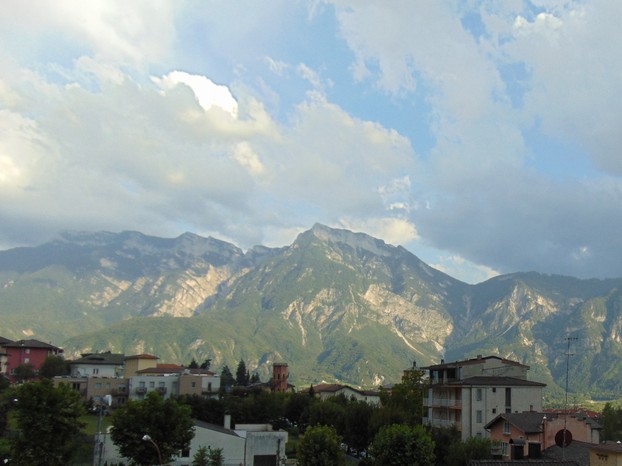
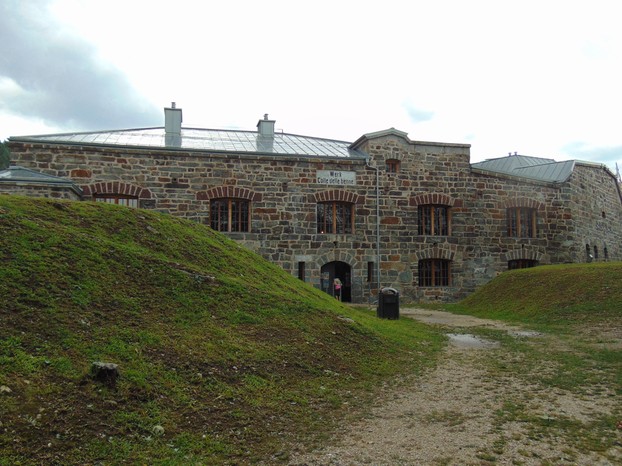
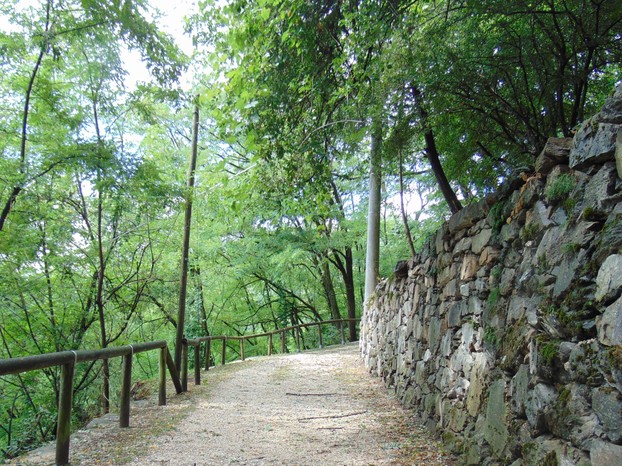
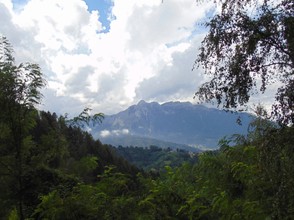
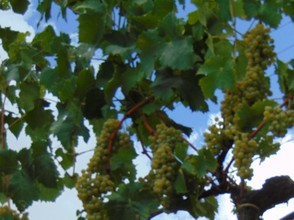
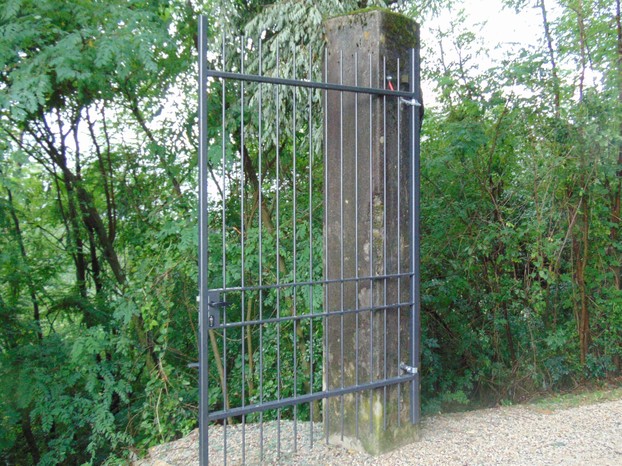
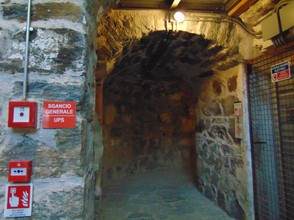
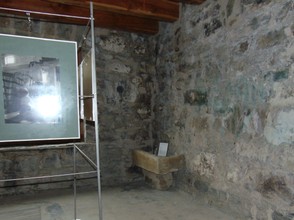
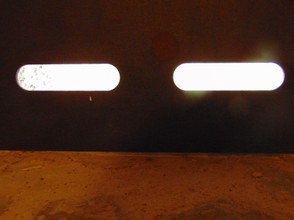
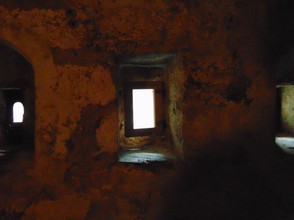
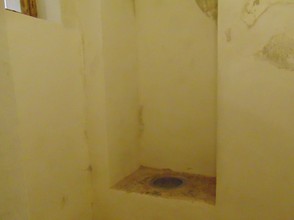
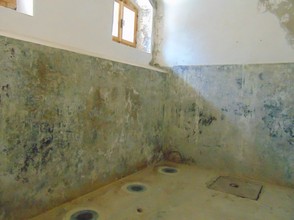
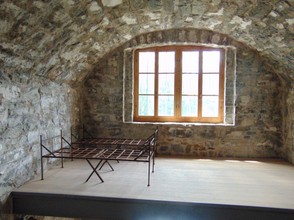
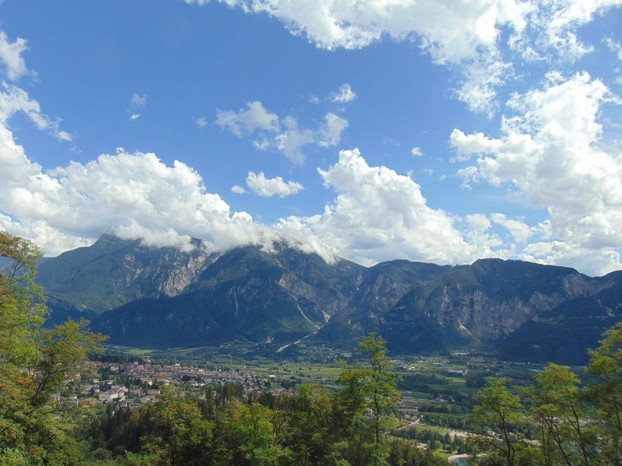
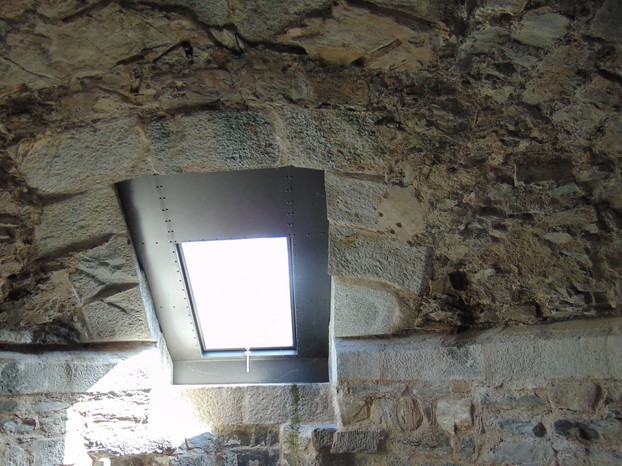
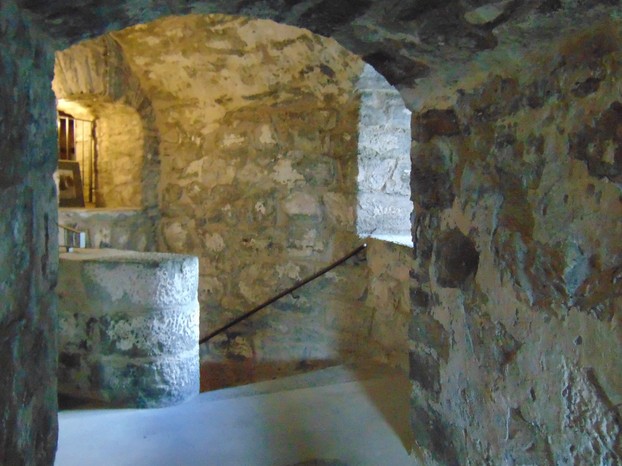
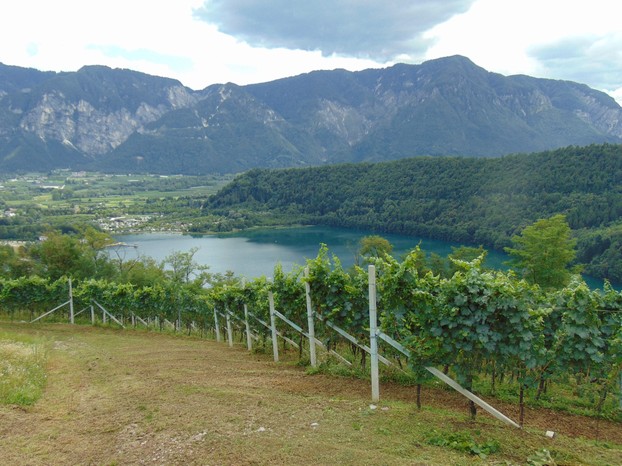
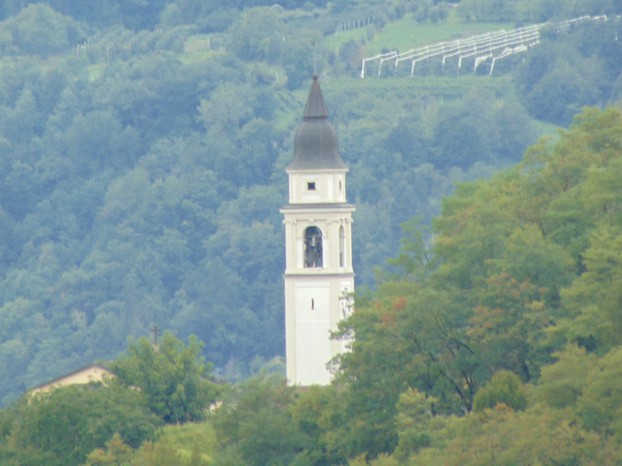
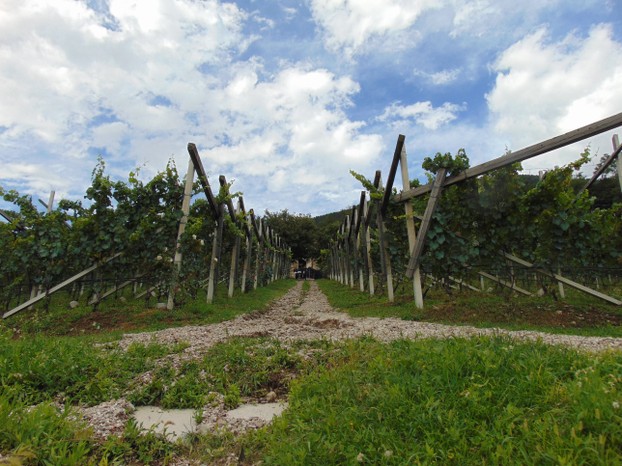
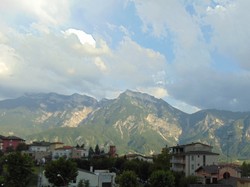

 Blarney Castle and Gardens, County Corkon 06/01/2023
Blarney Castle and Gardens, County Corkon 06/01/2023
 An Cóbh, Corcaigh, Eireon 05/29/2023
An Cóbh, Corcaigh, Eireon 05/29/2023
 Dublin ; The Book of Kellson 04/04/2023
Dublin ; The Book of Kellson 04/04/2023
 The Bee Tree Community CIC;- an online support communityon 08/24/2022
The Bee Tree Community CIC;- an online support communityon 08/24/2022
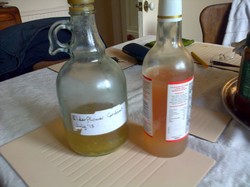

Comments
The second paragraph to the third subheading, The walk up, advises us that "I was interested to see how vines would grow on a mountain top."
The last in-text image communicates to us how those vines configure.
The aforementioned vines apparently grow within fenced confines. Those fences and their paths invoke careful tending.
Is it known what kinds of vines live there? Might they be there because of Austrian or Italian planting traditions?
Ah apologies.
In the village where we stayed, every day to this day the air raid siren sounds at 12 noon. This was always a test siren for if the Italians invaded and even though Italy now owns the land it still sounds, although more today as a relic of gone days by. This suggests that relations were not always as peaceful as may be thought between Italy and Austria . Of course Italy only became a country , a unified country in 1871 , nine years before the fort commenced to be belt. Maybe there is a connection here ! A large new state to the south and a fort being built ?
I am aware there was a peaceful coexistence between the Romans and the Austrians, which benefited both. The Austrians made weapons f high quality that they sold to the romans. The romans had forts at the border, but it was an open border for many years. As wooden castles have been replaced a the same site with stone castles, could the Roman fort have been replaced with this one? My question of age was to determine if this was an old Roman fort, which obviously it is not, but perhaps it is a replacement.
BSG Great questions
Italy did not enter the war initially in 1914 and in negotiations was promised the land if they joined the British side and they won. The victory promises to Italy were largely unfulfilled and this resulted in them joining Germany and Austria in World War 2. Italy had wanted those lands. previously. Austria lost World War 1 so had to pay reparations part of which was losing land.
The wishes of the residents were ignored.
The fort was built between 1880 and 1889 so the buildings are approx 128 years old .
A nice picture presentation. I am curious as to how old the buildings are, and why would Austria lose land after WWI? Was the border in dispute earlier? I realize when a country loses a war land may be taken, but there is usually a reason. I do not see Italy as out to grab land in such a small tract.
My husband has Italian blood thru his grandmother and her family came from Northern Italy .
Italy is my favourite country, the people, the food, the history, the scenery, the culture , the language ...everything.
When you speak of wanting to live there, Derdriu, I understand,as it is a lovely place. Europe has so many really great places in it. That is why I am so impatient with the small-minded British nationalists who are so anti-European. I love Europe. I find Italy delightful and I relish Italian food, wine and culture. Yet neither Veronica nor I have any Italian blood.
I don't know anyone in that area of Italy. Anyone who lived there would have been an Austrian soldier so I assume would have returned to their own land after WW1. in 1918.
It was worth the climb and I am delighted to have continued to the top. The scenery is just breath-taking.
TY for posting
Veronica, Do you or your husband know descendants of people connected with the fort? The big and canon windows, the grapes, the stairway and the view make me want to live there even though the facilities, quarters and slit windows don't!
Lovely pictures on the frame I think